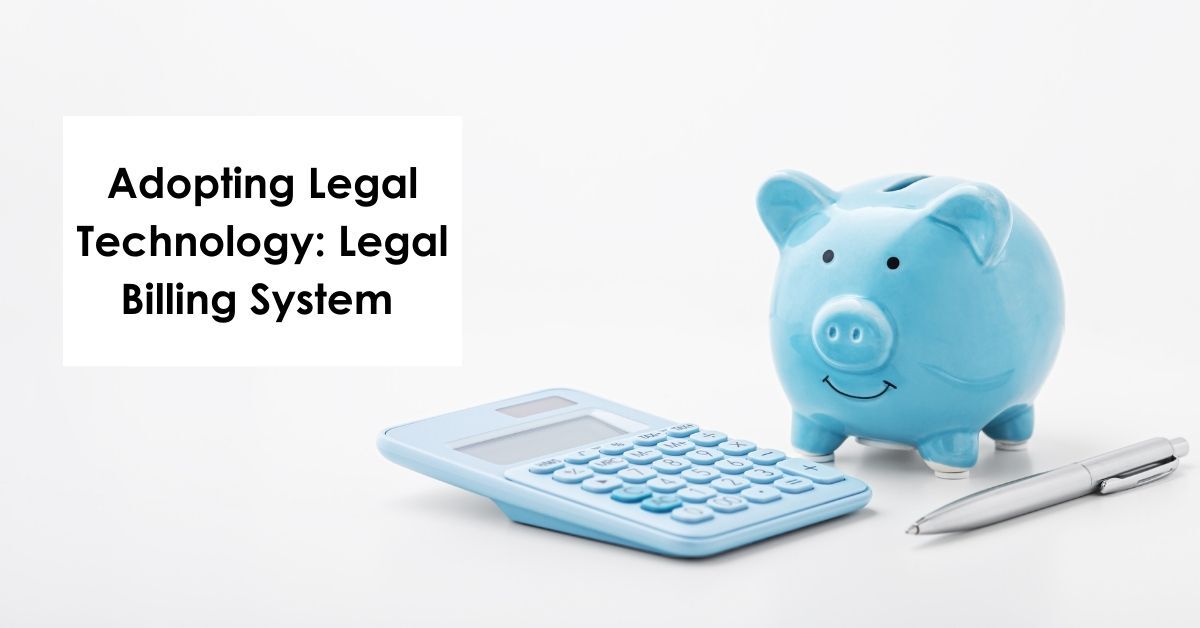Great Moments in Law: Lucasfilm v. Ainsworth (2011) and Copyrights
In this edition of Great Moments in Law, we explore the protection provided by copyrights in design documents. A copyright is a legal right that grants the creator of an original work the exclusive rights to use and distribute. Artwork, films, music, books, broadcasts of games, and website content of design are all protected under copyrights. We also explore the application of U.S. law in international courts.
Background
Based on a few drawings and a clay model, Andrew Ainsworth was hired to create the armor and helmets for stormtroopers in the first Star Wars movie, released in 1977. After completion of the film, Ainsworth kept the moulds. However, starting in 2004, he advertised and sold copies of the stormtrooper armor and helmets from his personal website. Lucasfilm sued for copyright infringement. In September of 2006, a U.S. court said Ainsworth was liable for copyright and trademark infringement and ordered him to pay $20 million in damages. Lucasfilm tried to reinforce this judgment in the U.K., under English law.
Defining Timelines
The appeal court dismissed Lucasfilm’s claim. They found that the armor and helmets weren’t considered artistic under Section 51 CDPA of copyright law. Ainsworth claimed his 3D reproductions weren’t artistic in the form of a sculpture. As a result, the court agreed that the armor and helmets were models and thus fell into the definition of the design document. Section 52 CDPA of copyright law states that copies can be made of copyright content 25 years after the original articles were published. This is reduced to 15 years if the item was on the market before CDPA was enforced. The 15 year period had expired when Ainsworth marketed.
Defining a Web Presence Location
The court also dismissed Lucasfilm’s claims that U.S. judgment should be directly enforced in U.S. courts. Foreign judgment can be enforced in England only if the defendant is in the jurisdiction of the court. Ainsworth had no presence in the U.S and didn’t participate in the U.S. court’s jurisdiction over him. The court decided that his website did not count for a having a U.S. presence. Thus, the U.S. damages award was not enforced.
Copyright protection, like all things, is a balance. Protecting the expression of an idea under copyright or trademark is complicated. First, ownership of the product must be defined. Then, a timeline of protection is required. Finally, the governing location is required. As the world continues to shrink and web presence and online purchasing grows, these blurred lines will continue to need to be refined.


